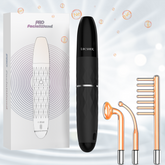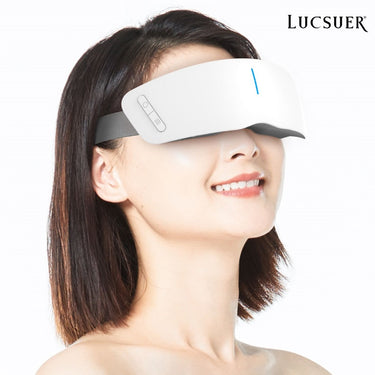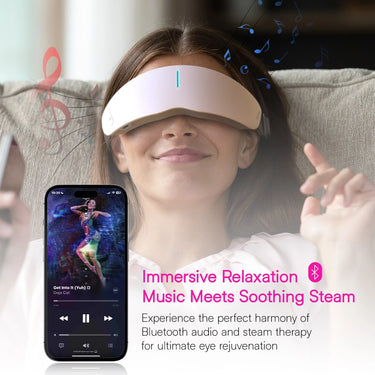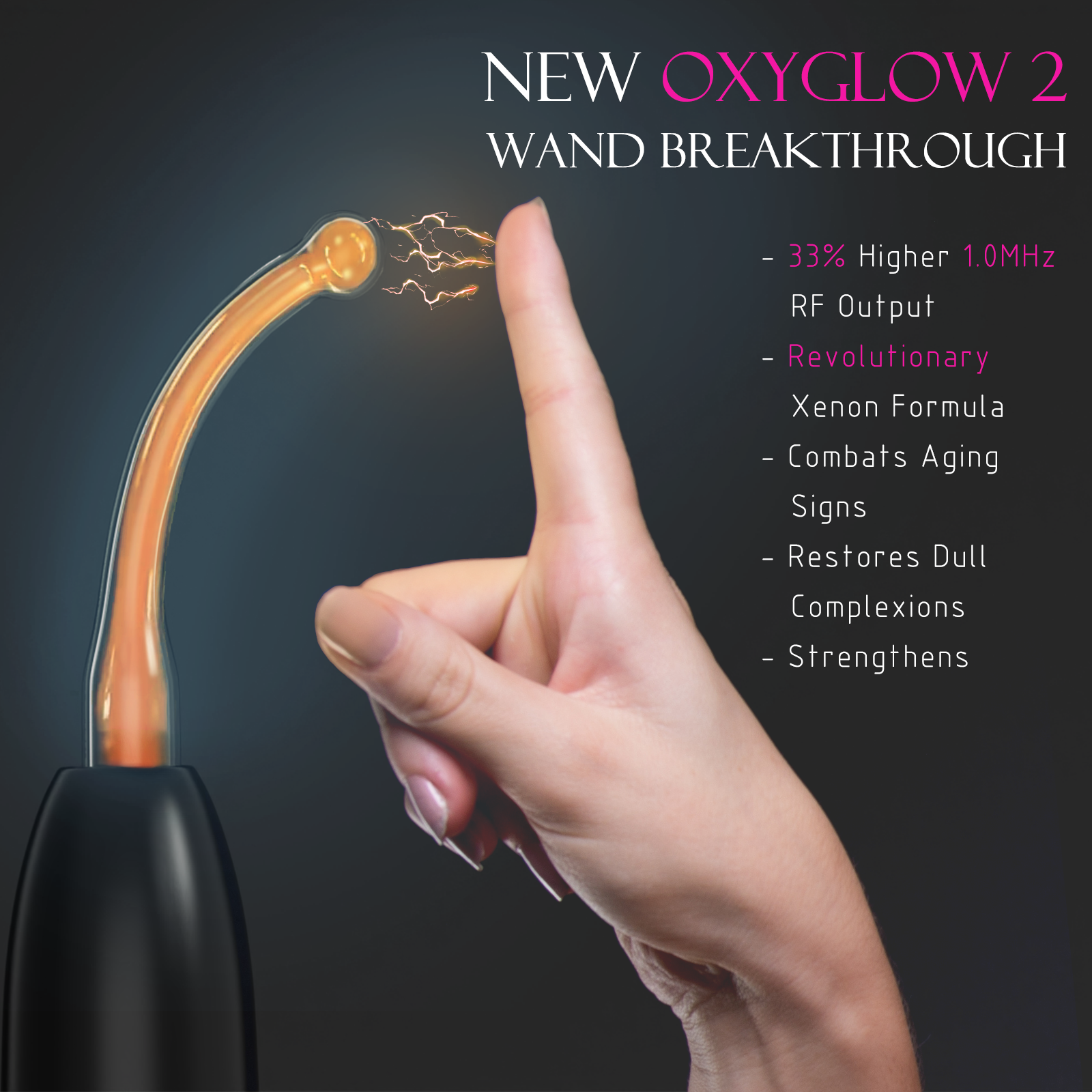Introduction
In the quest for youthful, radiant skin, countless products and treatments have emerged, promising to turn back the clock on aging and revitalize our complexions. Among these solutions, high frequency facials have gained significant traction as a natural, non-invasive approach to anti-aging and skin rejuvenation. This innovative technology harnesses the power of high-frequency electrical currents to deliver a wide range of benefits, from reducing fine lines and wrinkles to improving skin texture and tone.
In this comprehensive guide, we’ll delve into the world of high frequency facials, exploring their scientific basis, anti-aging and skin rejuvenation effects, and the advantages of this natural skincare solution. Whether you’re a seasoned skincare enthusiast or just starting to explore the realm of anti-aging treatments, this article will provide you with valuable insights and expert tips to help you achieve a radiant, youthful complexion.
How High Frequency Facials Work
At the core of high frequency facials lies a scientifically-proven technology that utilizes high-frequency alternating electrical currents. These currents, typically ranging from 100,000 to 500,000 Hz, create an ionized field around the electrode tip. When this ionized field comes into contact with the skin, it produces a gentle, controlled electrical discharge.
This high-frequency current has several mechanisms of action that contribute to its anti-aging and skin rejuvenation benefits:
-
Enhancing Blood Circulation: The electrical stimulation promotes increased blood flow to the treated areas, delivering essential nutrients and oxygen to the skin cells, which supports cellular regeneration and overall skin health.
-
Stimulating Collagen Production: The high-frequency currents stimulate fibroblasts, the cells responsible for producing collagen, which is a crucial component of youthful, firm, and elastic skin.
-
Eliminating Bacteria: The ionized field created by the high-frequency current creates an inhospitable environment for acne-causing bacteria, helping to reduce breakouts and promote clearer, healthier skin.
These mechanisms work in tandem to target different layers of the skin, from the epidermis (outermost layer) to the deeper dermis, promoting a comprehensive rejuvenation process.
Anti-Aging Benefits
One of the most sought-after benefits of high frequency facials is their ability to combat the visible signs of aging. By stimulating collagen production and improving blood circulation, these facials can help reduce the appearance of fine lines and wrinkles, resulting in smoother, more youthful-looking skin.
Moreover, the high-frequency currents have been shown to improve skin firmness and elasticity, addressing another common concern associated with aging. As we grow older, our skin’s natural elasticity diminishes, leading to sagging and a loss of definition. High frequency facials can help counteract this process by promoting the production of new, healthy collagen fibers, which contribute to a more toned and lifted appearance.
Consistent high frequency facial treatments can also provide long-term benefits in preventing premature skin aging. By promoting cellular regeneration and improving overall skin health, these facials can help protect against environmental stressors, such as UV radiation and pollution, which accelerate the aging process.
Skin Rejuvenation Effects
In addition to their anti-aging properties, high frequency facials are celebrated for their ability to rejuvenate and revitalize the skin’s overall appearance. One of the key benefits is the promotion of skin cell renewal, which helps to slough off dead, dull cells and reveal a fresher, more radiant complexion.
High frequency facials can also be effective in reducing the appearance of dark spots, hyperpigmentation, and uneven skin tone, which can be caused by various factors, including sun exposure, hormonal changes, and aging. By improving circulation and promoting cellular turnover, these facials can help to fade discoloration and achieve a more even, luminous complexion.
Furthermore, high frequency facials have been shown to improve skin texture, reducing the appearance of roughness, enlarged pores, and other textural irregularities. The gentle exfoliation and stimulation of cellular renewal contribute to a smoother, more refined skin surface, enhancing overall radiance and glow.
Natural Advantages of High Frequency Facials
One of the most compelling aspects of high frequency facials is their natural approach to anti-aging and skin rejuvenation. Unlike invasive procedures, such as injectable fillers or laser treatments, high frequency facials offer a non-invasive, painless solution with no downtime required.
This natural approach is particularly appealing to those seeking a gentler alternative to traditional anti-aging methods or those with sensitive skin. High frequency facials are generally considered safe for all skin types, as the electrical currents can be adjusted to suit individual needs and sensitivities.
Additionally, high frequency facials do not involve the use of harsh chemicals or abrasive treatments, making them a more environmentally-friendly and sustainable option for those seeking a holistic approach to skincare.
Best Practices for Using High Frequency Facials
To maximize the benefits of high frequency facials and ensure safe and effective use, it’s essential to follow best practices and expert recommendations. Most professionals suggest receiving treatments every 4-6 weeks for optimal results, with the frequency potentially increasing for those with specific skin concerns or as part of a more intensive rejuvenation regimen.
The duration of each treatment can vary depending on the specific device and techniques used, but typically ranges from 15 to 30 minutes. During this time, the high-frequency electrode is gently moved across the face, allowing the ionized field to interact with different areas of the skin.
It’s important to note that different skin types may require specific techniques or adjustments to the intensity and duration of the treatment. For example, those with sensitive skin may benefit from shorter sessions or lower intensity settings to avoid potential irritation.
As with any skincare treatment, it’s essential to consult with a trained professional and follow their guidance, as well as any contraindications or precautions provided by the device manufacturer.
How to Choose the Right High Frequency Facial Device
If you’re considering incorporating high frequency facials into your at-home skincare routine, it’s crucial to choose the right device. Several popular brands and models are available on the market, each offering unique features and specifications.
When selecting a high frequency facial device, consider the following key factors:
-
Frequency Range: Look for devices that offer a range of frequencies, typically between 100,000 and 500,000 Hz, to address different skin concerns and ensure versatility.
-
Power and Intensity: Higher power and adjustable intensity levels allow for more customization and the ability to target specific areas or concerns effectively.
-
Attachments and Electrodes: Different electrode shapes and materials (e.g., neon, argon, or mushroom-shaped) are designed for various purposes, such as acne treatment, anti-aging, or overall skin rejuvenation. Choose a device with multiple attachments to meet your diverse needs.
-
Safety Features: Look for devices with built-in safety features, such as automatic shut-off timers, eye protection, and insulated handles, to ensure safe and comfortable use.
-
User-Friendliness: Consider factors like ergonomic design, ease of use, and portability to ensure a convenient at-home experience.
By carefully evaluating these factors and consulting with skincare professionals or trusted resources, you can select the high frequency facial device that best suits your individual needs and preferences.
User Testimonials and Case Studies
Perhaps the most compelling evidence of the effectiveness of high frequency facials lies in the numerous user testimonials and case studies showcasing real-life results. From individuals seeking to combat the signs of aging to those struggling with acne or uneven skin tone, many have reported significant improvements after incorporating high frequency facials into their skincare regimens.
“I’ve been using a high frequency facial device for about six months now, and the results have been nothing short of amazing,” shares Sarah, a 42-year-old skincare enthusiast. “My fine lines and wrinkles have visibly diminished, and my skin has a radiant glow that I haven’t seen in years.”
Before-and-after photos provide compelling visual evidence of the transformative effects of high frequency facials. One case study featured a 35-year-old woman who struggled with hyperpigmentation and uneven skin tone. After a series of high frequency facial treatments, her complexion appeared more even and luminous, with a noticeable reduction in dark spots and discoloration.
These real-life experiences and visual demonstrations serve as powerful reminders of the potential benefits of high frequency facials and their ability to deliver natural, effective anti-aging and skin rejuvenation results.
Frequently Asked Questions (FAQ)
As with any new skincare treatment, it’s natural to have questions and concerns about high frequency facials. Here are some of the most frequently asked questions, along with expert insights to address them:
Does using a high frequency facial device hurt?
High frequency facials are generally considered a painless treatment. While you may experience a mild tingling or warming sensation as the device delivers the electrical currents, the process should not be uncomfortable or painful. If you experience any discomfort, it’s essential to adjust the intensity or consult with a professional.
How long before I see noticeable results?
The timeframe for visible results can vary from individual to individual, depending on factors such as age, skin type, and specific concerns. However, many users report seeing improvements in skin texture, radiance, and overall appearance within the first few weeks of consistent high frequency facial treatments. For more significant changes, such as a reduction in fine lines and wrinkles, it may take several months of regular treatments to achieve optimal results.
Is it suitable for sensitive skin?
Yes, high frequency facials are generally considered safe for sensitive skin types when used correctly and with the appropriate settings. The intensity and duration of the treatment can be adjusted to accommodate sensitive skin, and the gentle nature of the electrical currents makes it a relatively low-risk option compared to more invasive procedures or harsh chemical treatments.
Conclusion
In the ever-evolving world of skincare and anti-aging solutions, high frequency facials stand out as a natural, non-invasive approach to achieving a youthful, radiant complexion. By harnessing the power of high-frequency electrical currents, these innovative treatments offer a multitude of benefits, from reducing the appearance of fine lines and wrinkles to improving skin texture, tone, and overall rejuvenation.
One of the most compelling aspects of high frequency facials is their ability to target various skin concerns simultaneously, making them a comprehensive solution for those seeking a holistic approach to anti-aging and skin rejuvenation. Whether you’re hoping to combat the visible signs of aging, improve skin clarity and evenness, or simply enhance your overall glow, high frequency facials offer a gentle yet effective alternative to traditional invasive procedures.
If you’re intrigued by the potential of this natural skincare solution, we encourage you to explore the world of high frequency facials further. Consult with skincare professionals, read user testimonials, and research the various devices available to find the perfect fit for your individual needs and preferences.
Embrace the power of high frequency facials and embark on a journey towards a more youthful, radiant complexion – one that harnesses the natural rejuvenating abilities of your skin while avoiding harsh chemicals or invasive treatments.









